The Three Stooges Secrets You Never Knew About

During their time in the spotlight, there were no shortage of Three Stooges secrets.
These characters were a monumental part of American comedy during the early-to-mid 20th century. From the vaudeville days of the 1920s right up to the birth of television in the 1950s and ’60s, these three characters were known for their slapstick routines and comedic face-pulling. They are most fondly remembered for the hilarious Columbia short films they made, which have been repeated on television again and again since the ’50s.
The Stooges lived in the public eye for so long, and their lineup of cast members went through some considerable changes along the way. So it makes sense that there are some fascinating pieces of trivia, secrets, and goofs associated with them both on and off the screen.
View the slideshow to find out all about The Three Stooges’ secrets. If you can think of any secrets we may have left out, let us know in the comments, and make sure to SHARE this with your friends!
Vaudeville Beginnings
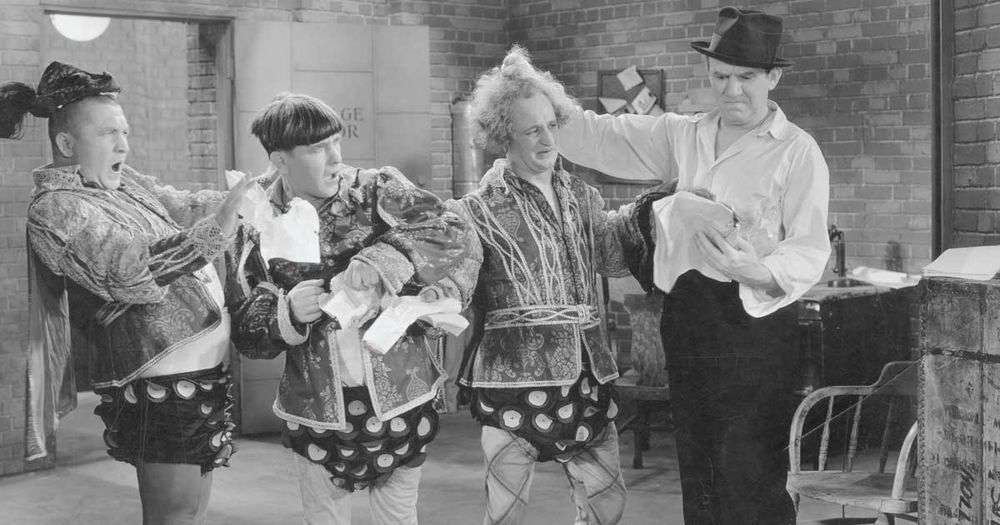
The Three Stooges began as part of a vaudeville troupe known as “Ted Healy and His Stooges” in 1922. Brothers Moe and Shemp were the first to join before violinist Larry became part of the act, too. When the Stooges were offered a studio contract by 20th Century Fox in 1930, it was without troupe leader Healy. Healy took offense to this and saw to it that Fox withdrew the offer, claiming that the Stooges were his employees and couldn’t leave him.
Shemp Leaves
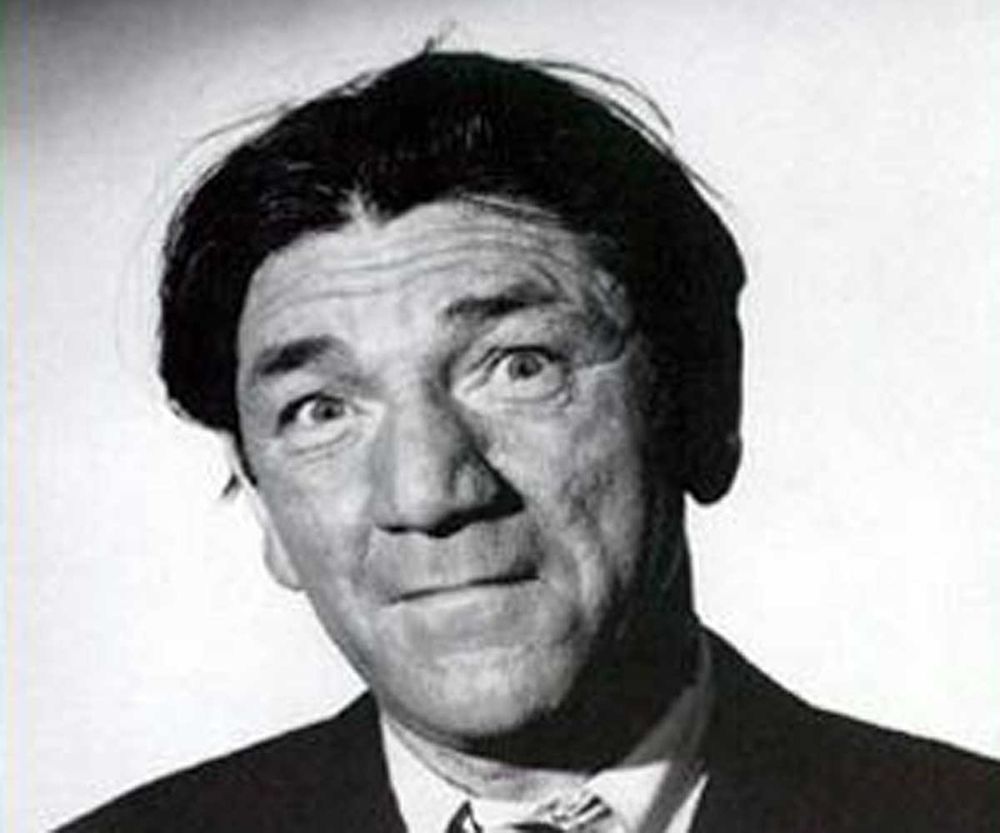
With Ted Healy exerting full control over the Stooges in these early years, the trio found its professional life to be difficult. Healy was an abrasive man, and even though he had made Moe the trio’s business manager, for Shemp the fun was gone. Shemp left the Stooges to make comedy films in Brooklyn.
Curly's Low Profile
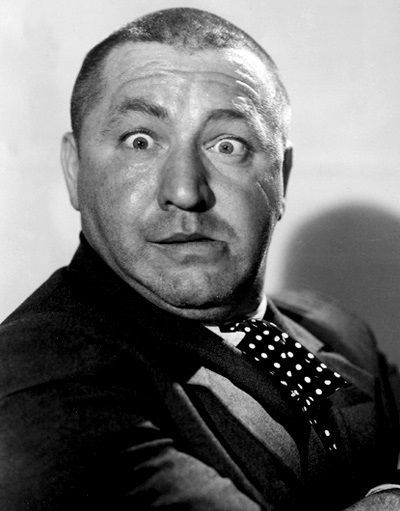
Curly, Moe’s younger brother, was the man who replaced Shemp. In The Three Stooges short films, Curly is the most boisterous and impressionable of the three. But in reality, Curly was a quiet man who kept a low profile in public and preferred the company of dogs to people. He only acted as he did on screen when he was with the other Stooges, or when he was very drunk, which became more often as the years went on.
Healy's Death
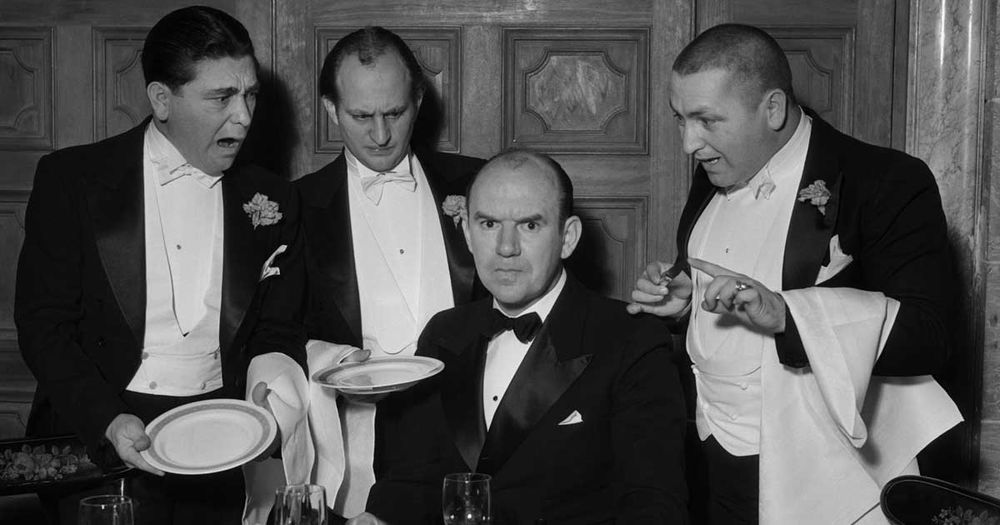
Healy became more unpleasant when he was intoxicated, and this had caused rifts between him and the Stooges for years. His death at the age of 41 in 1937 is still somewhat of a mystery. On the night his son was born, he went out to the Sunset Strip in Los Angeles to celebrate. He died later that night of a heart attack. Allegedly. The bruises on Healy’s face may have told a different story. Reports that he either started a fight or had been involved in a fight on the night of his death persist to this day. This was easy to believe, as he had a quick temper and aggressive nature. But alas, no one knows for sure what occurred.
Keeping Options Open
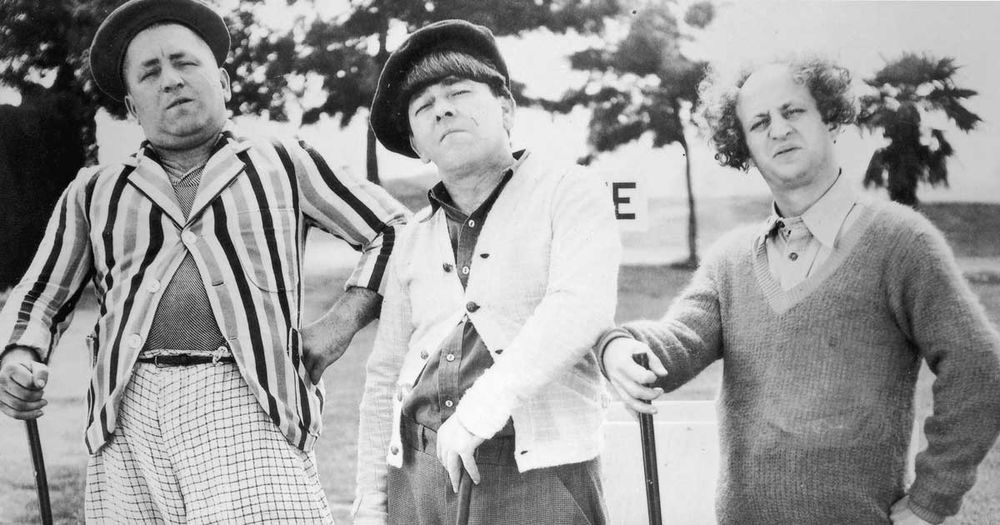
The Stooges were signed by Columbia Pictures to make at least eight short films in a period of 40 weeks. They were certainly overworked, but also became immensely popular with audiences who lapped up the trio’s hilarious antics. Unfortunately, the Stooges were being kept in the dark about their fame by Columbia president Harry Cohn, who saw them as a cheap commodity with enormous market potential. He had an open option placed in their contracts so that every year they would have to re-sign. This was a shameful scare tactic that led the Stooges to believe they were unpopular with audiences, and thus Cohn could fire them at any moment.
Money Troubles
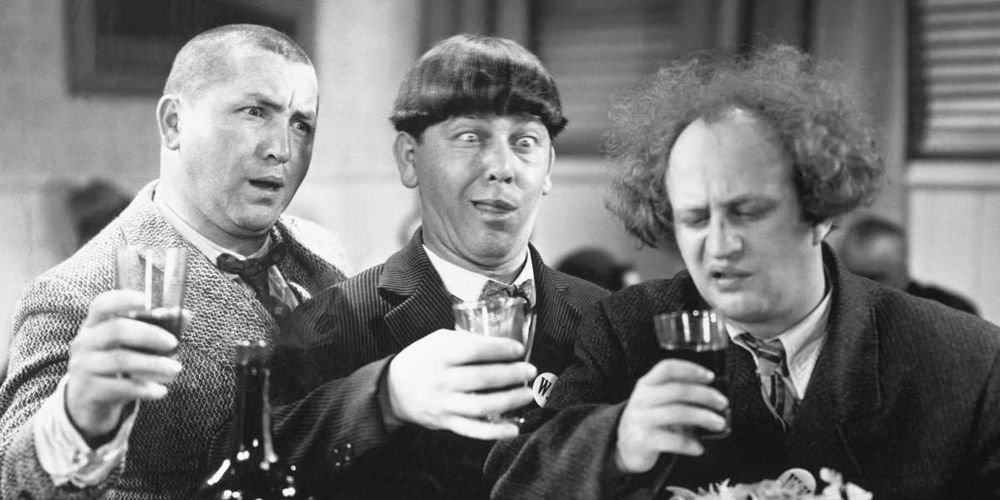
On top of Cohn’s open contract, the Stooges were not paid as much as their box-office draw suggested. When they first signed the contract with Columbia, they earned $1,000 a week, which wasn’t bad in the 1930s. Then they discovered that they were being treated as one single performer, which meant they had to split that $1,000 between them. Even later on in their careers, once they had received an Oscar nomination and started earning $7,500 a week, they still had to split it.
Running in Circles
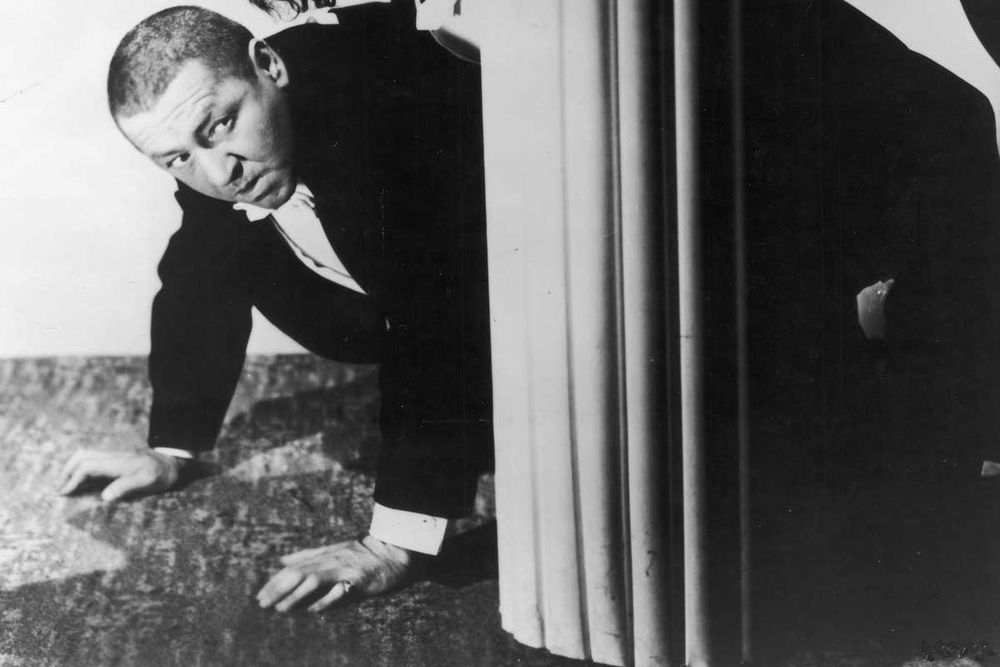
A common skit seen in The Three Stooges films was a manic Curly running around in circles. In later scripts this was written in on purpose because audiences thought it was hilarious. But it actually started off as complete improvisation for whenever Curly forgot his lines.
Daring Stunts
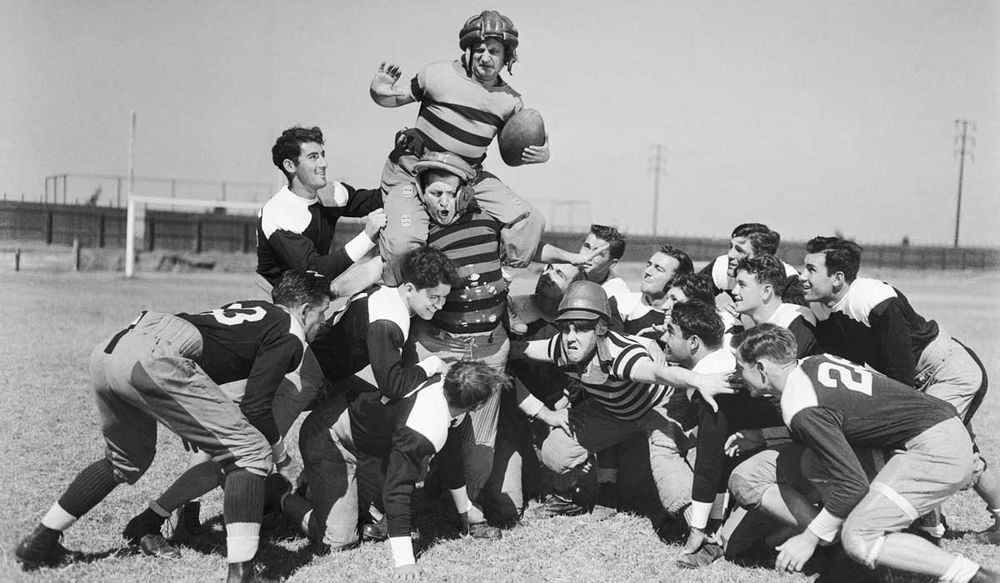
The Stooges often showcased dangerous stunts in their films. Most of the time these were faked for the camera, but sometimes they weren’t. For example, in a scene when a character acted as a human dartboard, Larry got a fountain pen lodged in the back of his head. Ouch! Another gag gone wrong resulted in Curly needing to get stitches in his forehead, and within hours he was back on set wearing a wig that covered the bruising. While filming Three Little Pigskins (1934), the Stooges drew a line in the sand. They were supposed to be stampeded by a group of professional football players! They refused, and the stunt doubles used in the scene ended up getting seriously injured, suffering cracked ribs and broken bones.
Curly's Limp
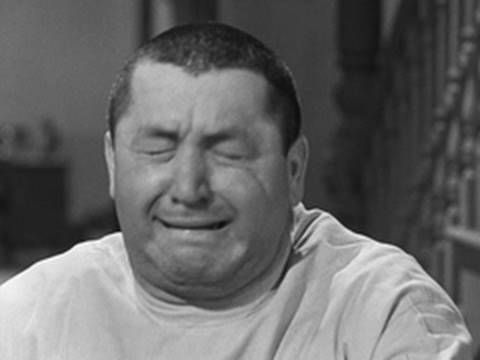
The Stooges used many physical idiosyncrasies for the sake of comedy. But one of these was not faked; it was caused by a childhood accident. Curly’s limp was a hilarious part of his character’s appeal. Though he did work to make it funnier in the shorts and live acts, it was actually natural, a result of having shot himself in the ankle when he was cleaning a rifle as a child.
Cheapskates
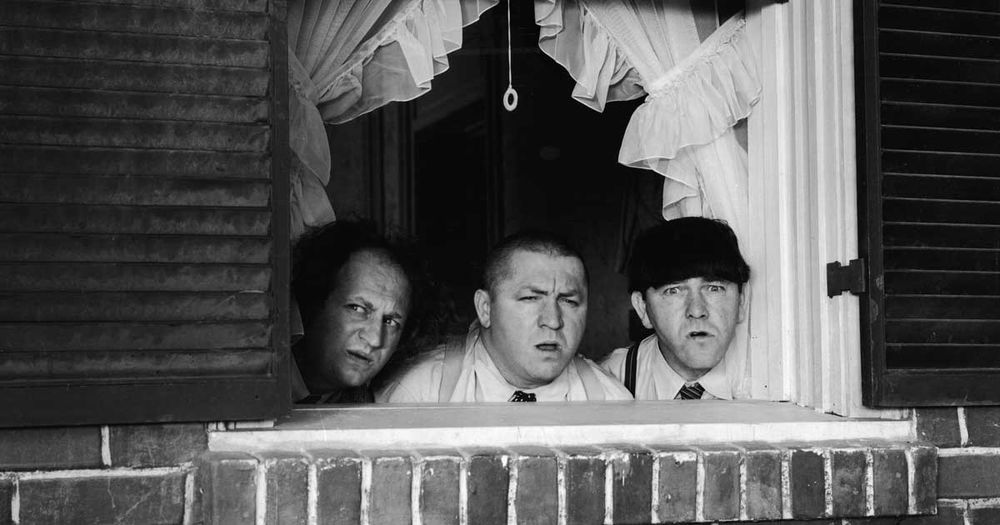
The Three Stooges films were popular with audiences, but they were still seen as B-movie pictures in the industry. Because of this, they were often forced to cut corners and work on sets that had previously been used by other films. It wasn’t merely sets that they borrowed, but also props and entire wardrobes left over from other productions.
Shaved-Head Shame
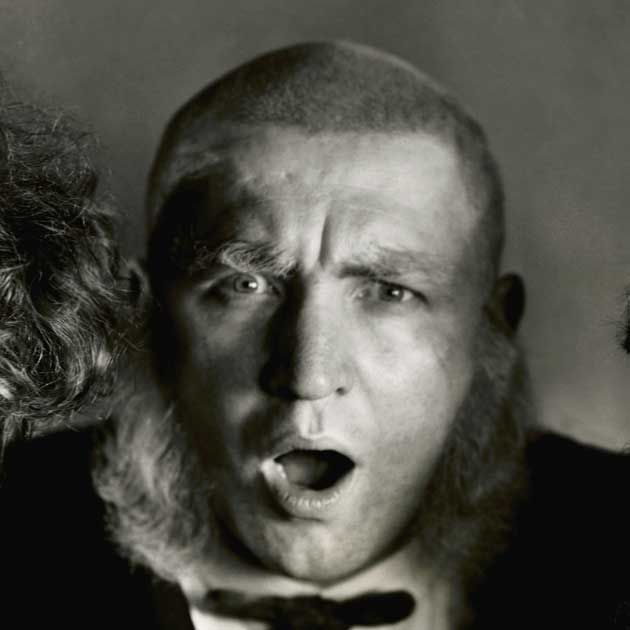
Curly shaved his head to secure a part because a studio executive didn’t believe he looked like a person that could make people laugh (even though he previously had a thick mop of hair and a handlebar mustache, which sounds pretty funny to us). His shaved head made him embarrassed, however, because he felt women didn’t find him attractive as a result. He would take to wearing hats all the time to cover up his head. This anxiety led him to drink and eat excessively when touring, and by the mid 1940s his weight was causing him serious health problems.
Moe's Bowl Cut
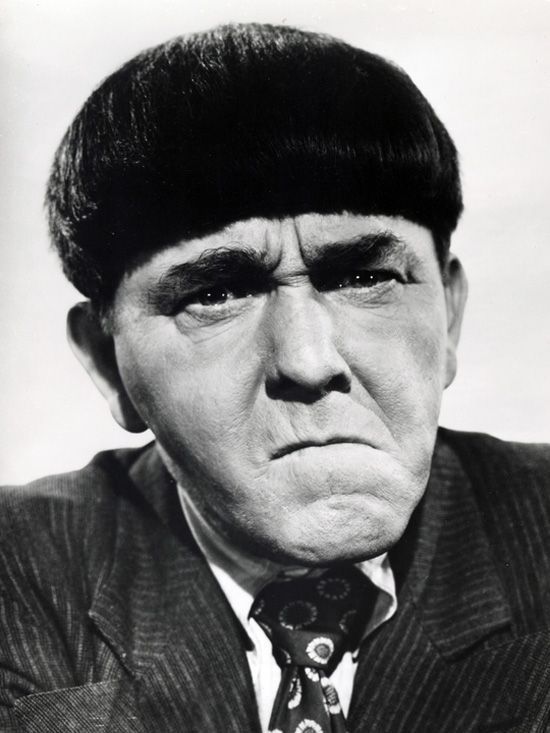
Speaking of haircuts, Moe’s head was one of the most instantly recognizable of the trio’s due to its bowl-cut style. Ironically, it was Moe who had curly hair as a child, as his mother had wanted a daughter and decided to grow her son’s hair out. A nasty dose of school bullying caused Moe to cut his hair by himself, and he kept the bowl cut for the rest of his life.
Curly's Bad Health
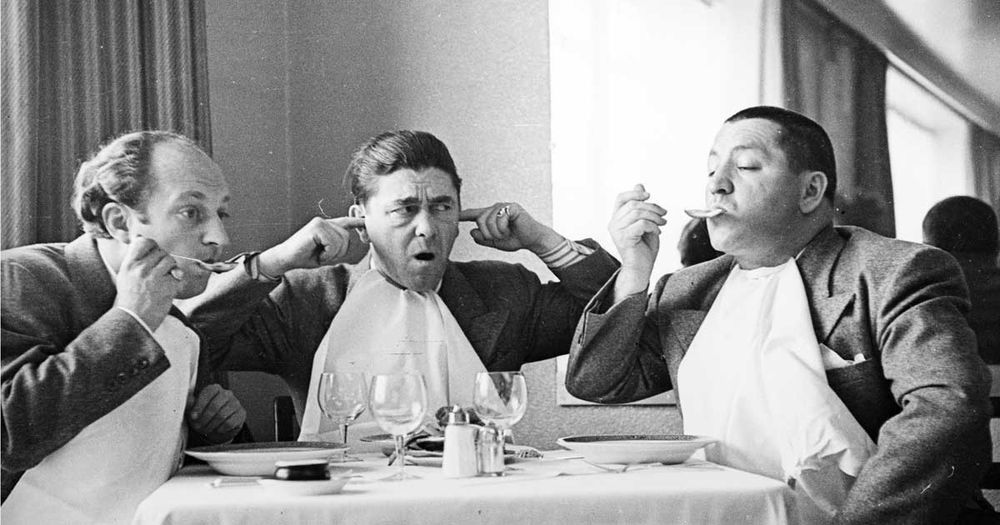
Curly had always been the fan favorite with audience members due to his childish innocence and playful buffoonery. As the years went by, though, he began to get more and more ill. This was likely thanks to his excessive drinking and overeating. He found it difficult to perform in the films, and his career came to a shuddering halt in 1946 when he suffered a stroke. He appeared briefly in one last Stooges film before suffering a second stroke and spending his final years in a wheelchair. Jerry “Curly” Howard was the first of the Stooges to die, at just 48.
Shemp's Return
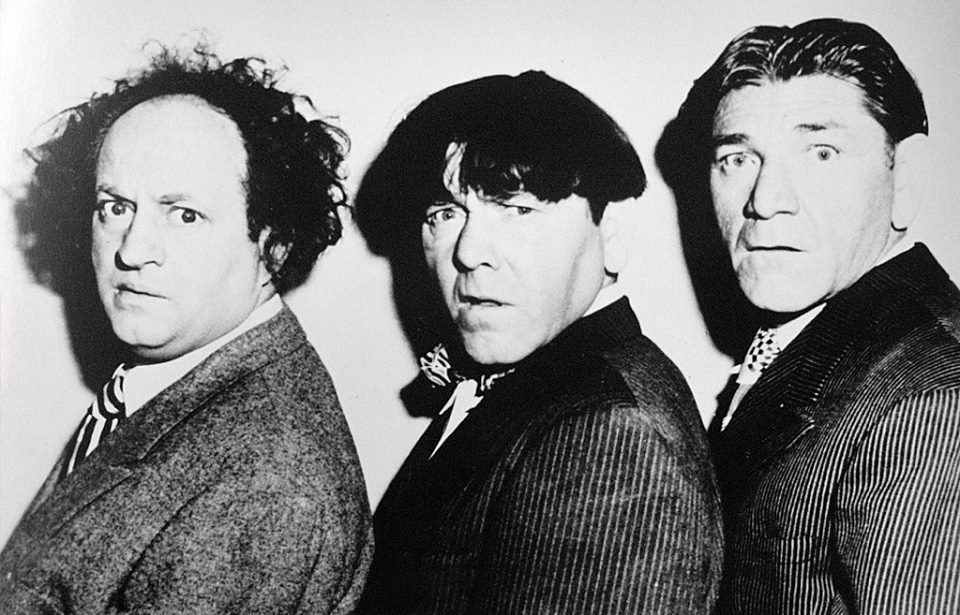
After Curly’s first stroke, Shemp once again joined the Stooges. For the films made in this era, Shemp found that directors and movie executives wanted him to play a similar role to the one played by Curly before he had left. Audiences had reacted to Curly the best, but Shemp didn’t want to mimic his brother’s style. And besides, whenever he did try, critics and audiences alike found his performance lackluster. Not long after, Shemp died right in the middle of production. Stand-ins were brought on and footage of them was cut alongside pre-existing footage of Shemp to give the impression that he had completed these films.
Childhood Injury
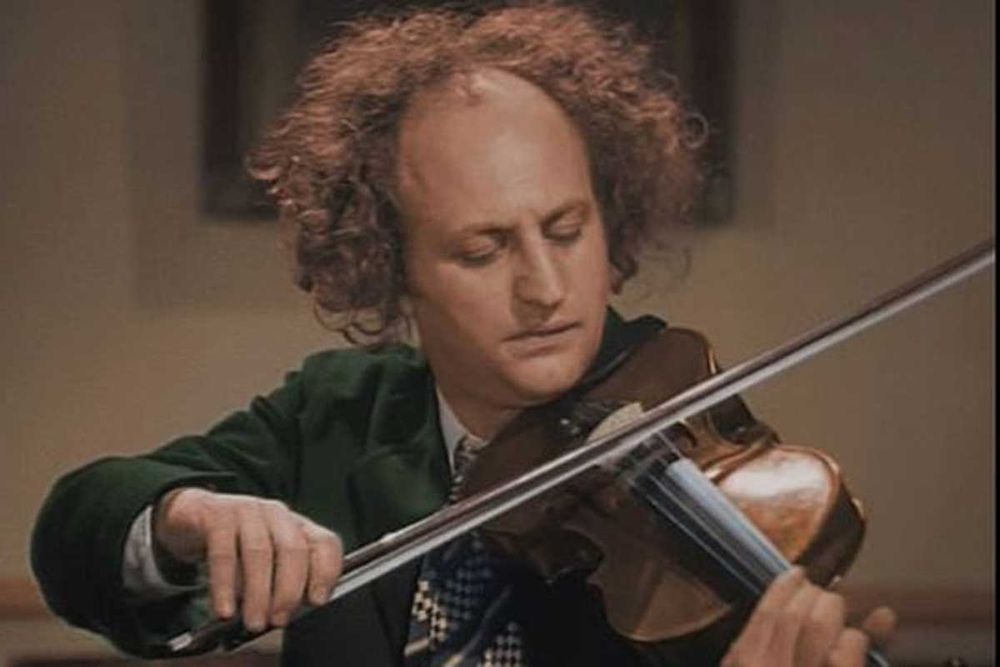
In the short films, Larry is often seen as the most musically inclined of the three. His violin-playing skills were pretty unique, but the real-life story of how he got those skills is a little frightening. Larry’s father was a jewelry maker and used acid to etch his jewelry. A very young Larry tried to drink the acid one day, and his father smacked it out of his hand. Some of the acid landed on Larry’s arm, corroding its skin and muscle. To help strengthen the damaged muscles in his son’s arm, Larry’s father sent him to violin lessons, which seemed to help restore some of the damage.
Moe's Pie Skills
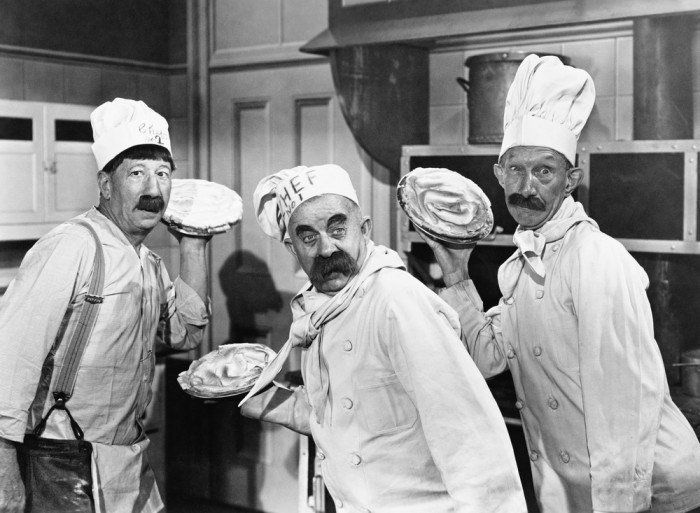
Moe was the business manager of the team and the most money conscious of the brothers. As such, he felt responsible for making sure the small budgets on the films made good use of their limited resources and props. Though there were many pie-throwing scenes in the films, there were not actually that many pies available on set, so Moe felt it was important to always hit his target. He developed a way of throwing the pies; he could tell by the weight of the pie how far it could travel and how likely it was to hit some unlucky person in the face.
Dancing Larry

A fact that some people may not know about Larry was that he was crazy about dancing. He would dance at any opportunity and was often found at the Triangle Ballroom in Brooklyn. In fact, he was sometimes late for filming and rehearsal because he was overcoming the effects of his many nights out at dance halls. In his retirement, when he was confined to a wheelchair, he would attempt to dance even though he was mostly paralyzed.
Slapstick
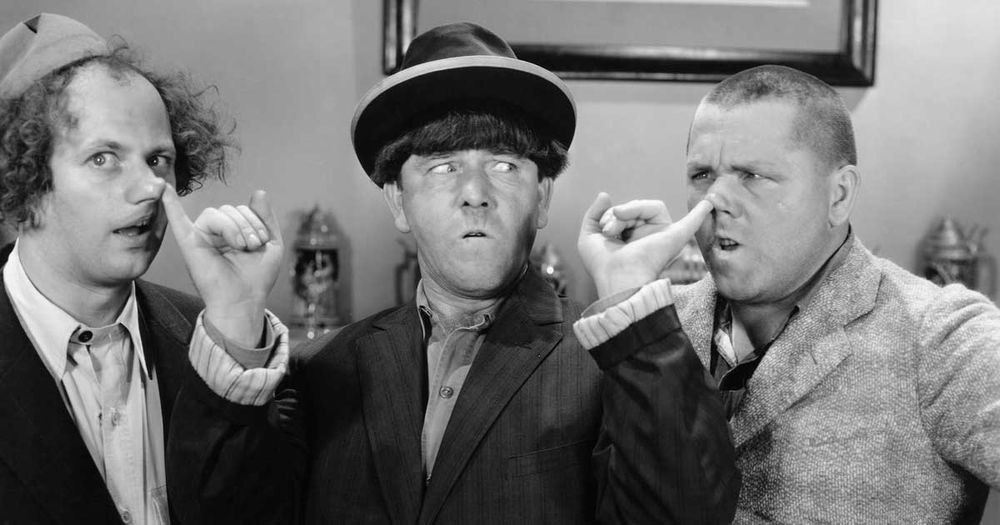
If you ever wondered why the sound you hear when the characters slap each other doesn’t exactly sound like a slap, it’s because its not. A sound effect was used because Moe, who usually did the slapping, felt the real thing wasn’t believable enough. Even weirder is the fact that Moe sometimes slapped the other guys for real!
Oscar Nomination
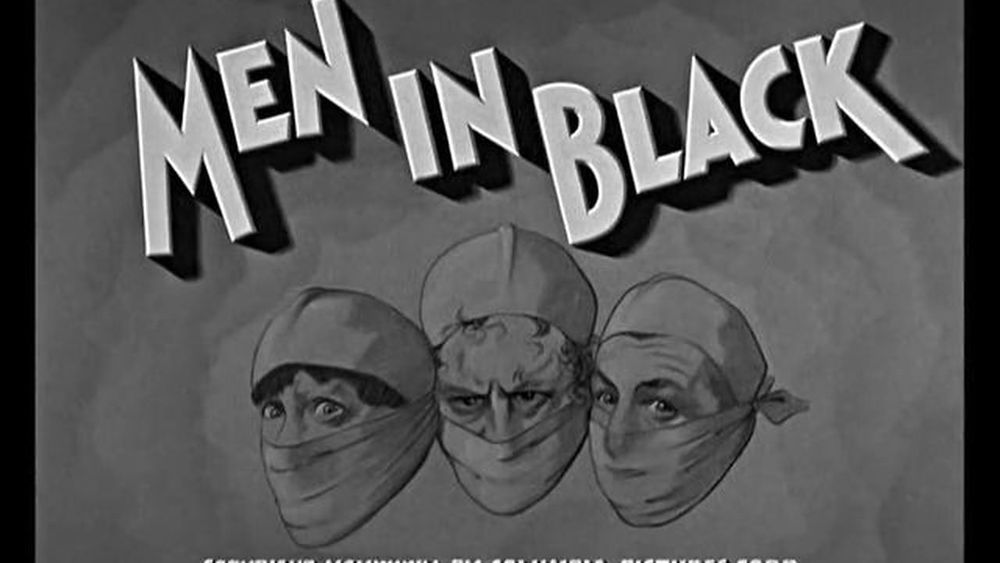
A lot of people don’t realize that the Stooges were Oscar nominees. It seems hard to believe now, since comedy is one of the genres most sorely overlooked by the Academy today. The nomination came in 1934 for their film Men in Black, which was a spoof of the Clark Gable/Myrna Loy film Men in White (1934). This was the only time the Stooges were nominated, but it sure shut their critics up at the time.
Hollywood Walk of Fame
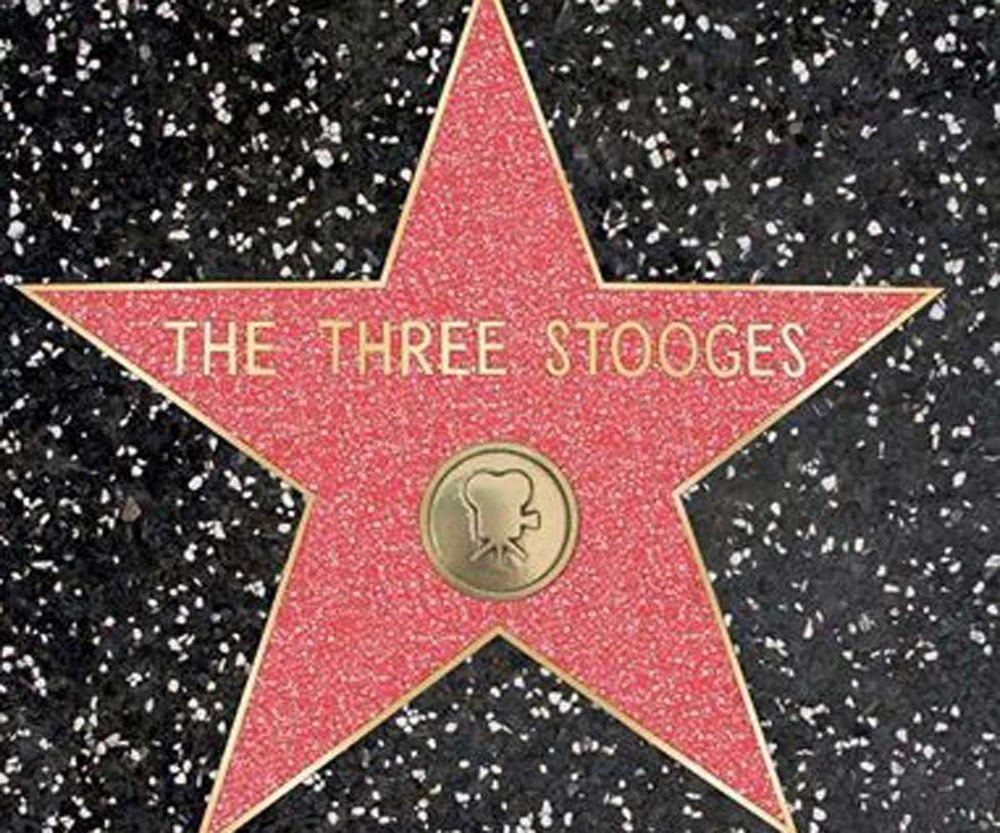
In the many years since they have died and comedy has moved on to different styles, the Stooges are still fondly remembered today. They were awarded a star on the Hollywood Walk of Fame in 1983. Their legacy lives on in the numerous remakes, re-releases and animated adventures that have been released over time. The men themselves may not be around to see it, but their memory lives on in all its side-splitting glory.
Fake Shemp
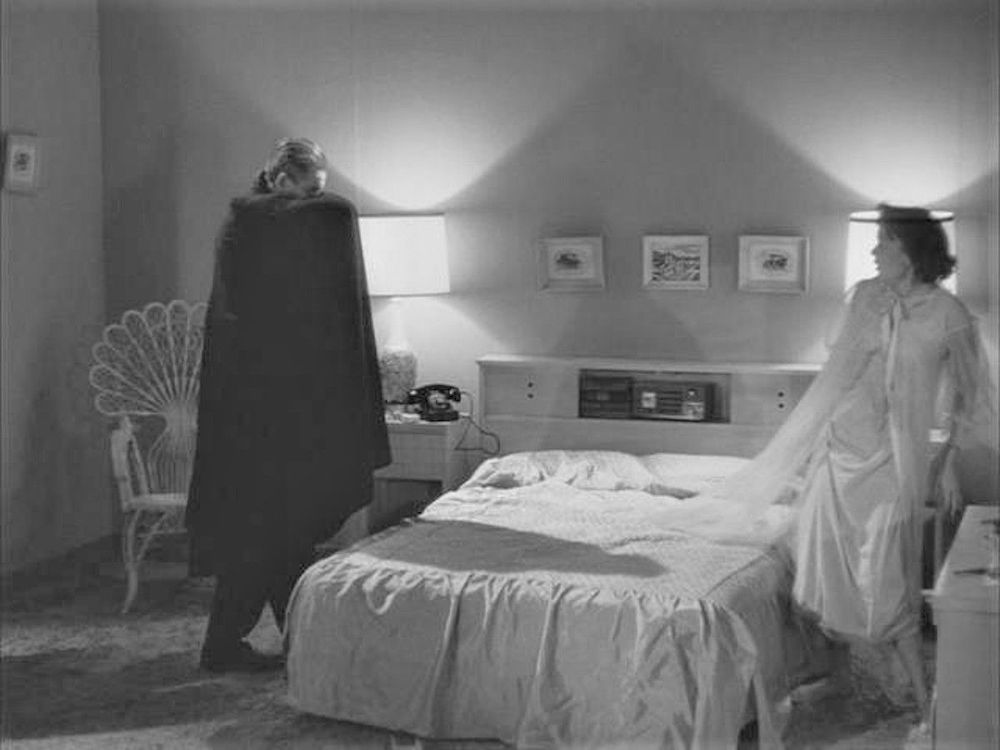
As we established previously, Shemp died suddenly in the middle of production of several Stooges shorts. The films were completed with a mixture of recycled footage and use of body doubles filmed at clever angles. In the years since, body doubles used to replicate an actor whose passed away has come to be known as a fake Shemps.
TV Rebirth
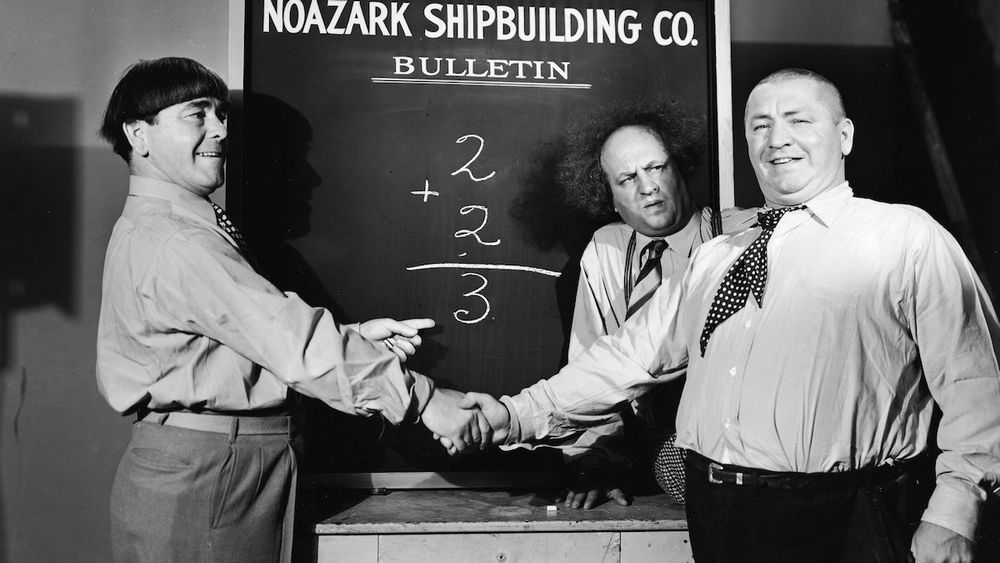
The 1950s were a strange time for the Stooges. On a personal level, Moe and Larry were dealing with the deaths of Curly Howard and Shemp Howard. However, professionally the act was experiencing a new rush of popularity thanks to their shorts airing on television. By 1959, all 190 Stooge shorts were airing regularly on television.
Curly-Joe
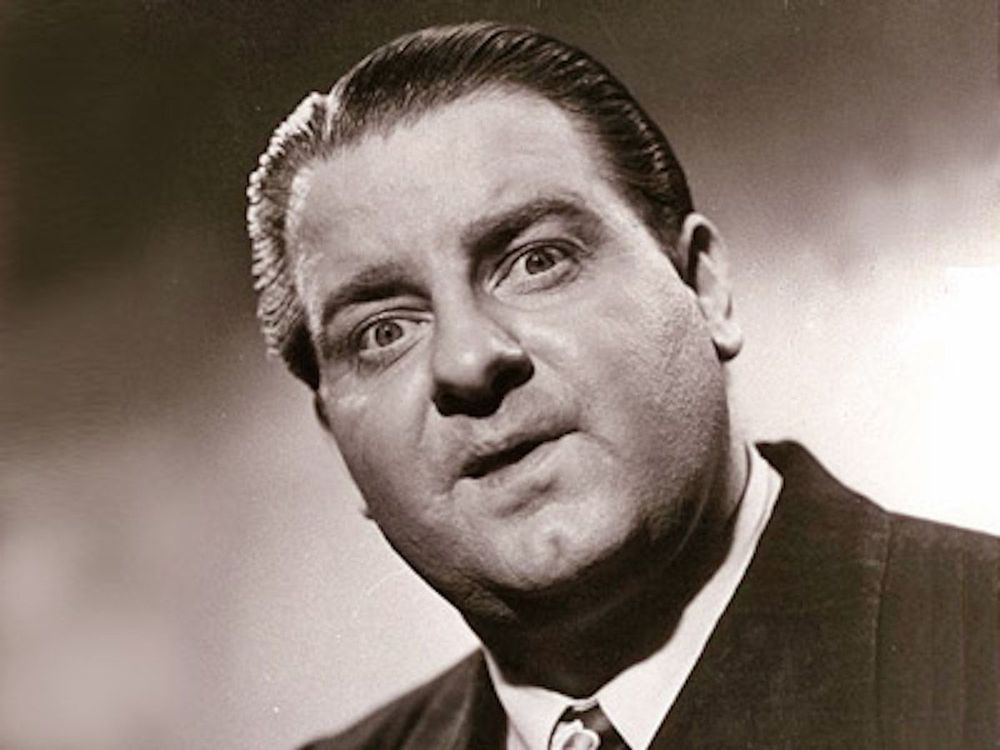
Initially, when Joe DeRita replaced the late Shemp in the Stooges act in he mid-1950s, he wore his hair in a style similar to Shemp. However, thanks to the popularity of the group’s shorts on television, DeRita eventually was asked first to buzz his hair, then totally shave his head in an attempt to resemble Curly Howard. Furthermore, he was dubbed “Curly-Joe.”
Kook's Tour
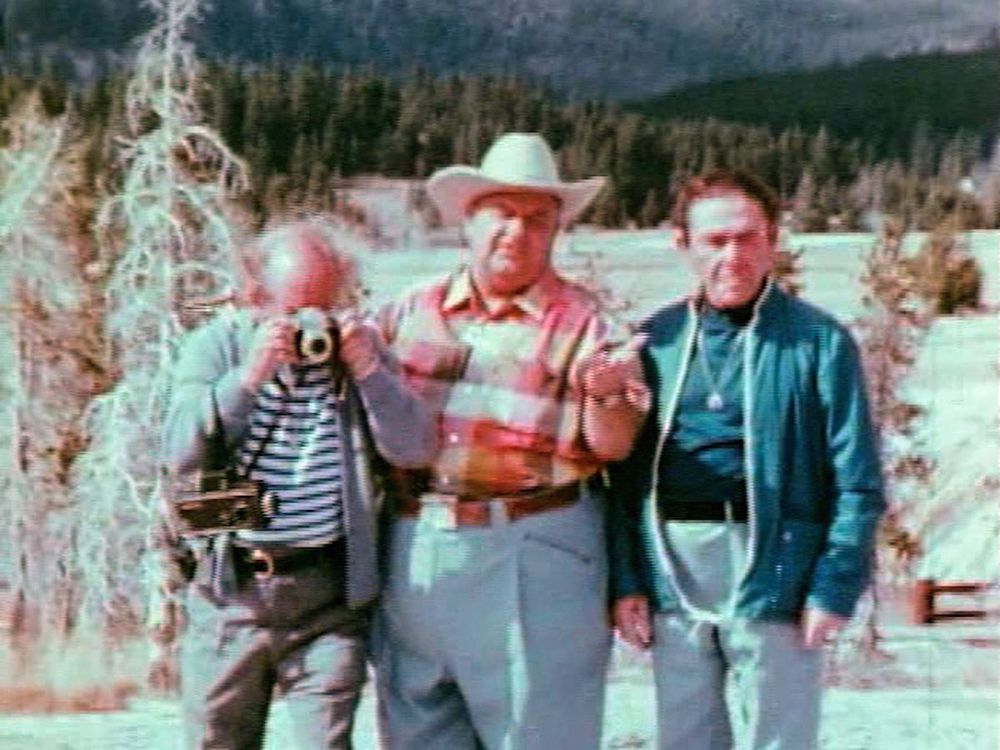
The Stooges remained active throughout the 1960s, appearing in film, television, and on a successful live tour. However by the end of the decade, age had begun to catchup with them, making their traditional brand of slapstick stunts untenable. At the end of the decade the group attempted to pivot their act to one more suited for their age. They filmed the pilot of a potential travelogue/comedy hybrid show known as Kook’s Tour. The series would’ve followed the “retired” Stooges to carious real locations around the world. However, tragedy struck during production…
Larry's Last Days
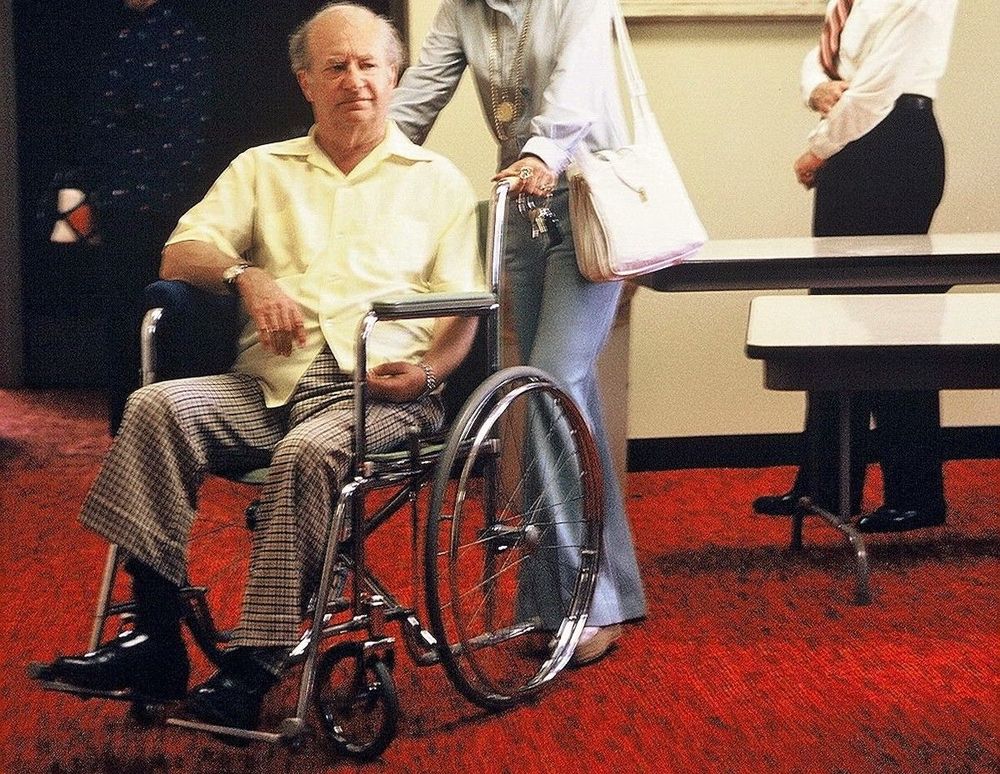
Just before filming of the Kook’s Tour pilot was complete in 1969, Larry Fine suffered a massive stroke, paralyzing him. Fine would spend the next five years in a wheelchair, a sad fate for someone who loved to dance. Fine suffered several more strokes in late 1974, and died in January of 1975.
The Lost Stooge
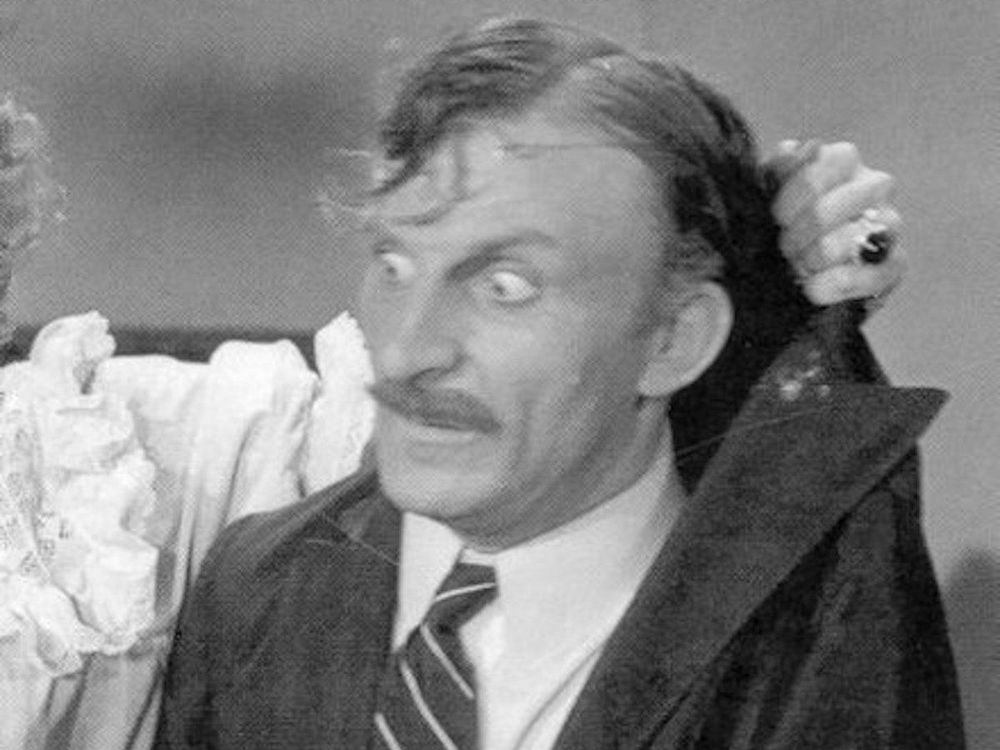
Following Fine’s strike, Moe Howard intended to continue the Stooges. He recruited longtime associate Emil Sitka (whose many appearances on Stooges shorts earned him the moniker “the Fourth Stooge” among fans) to portray a new third stooge. Sitka was going to play Harry, Larry’s brother. However, it wasn’t meant to be…
The End
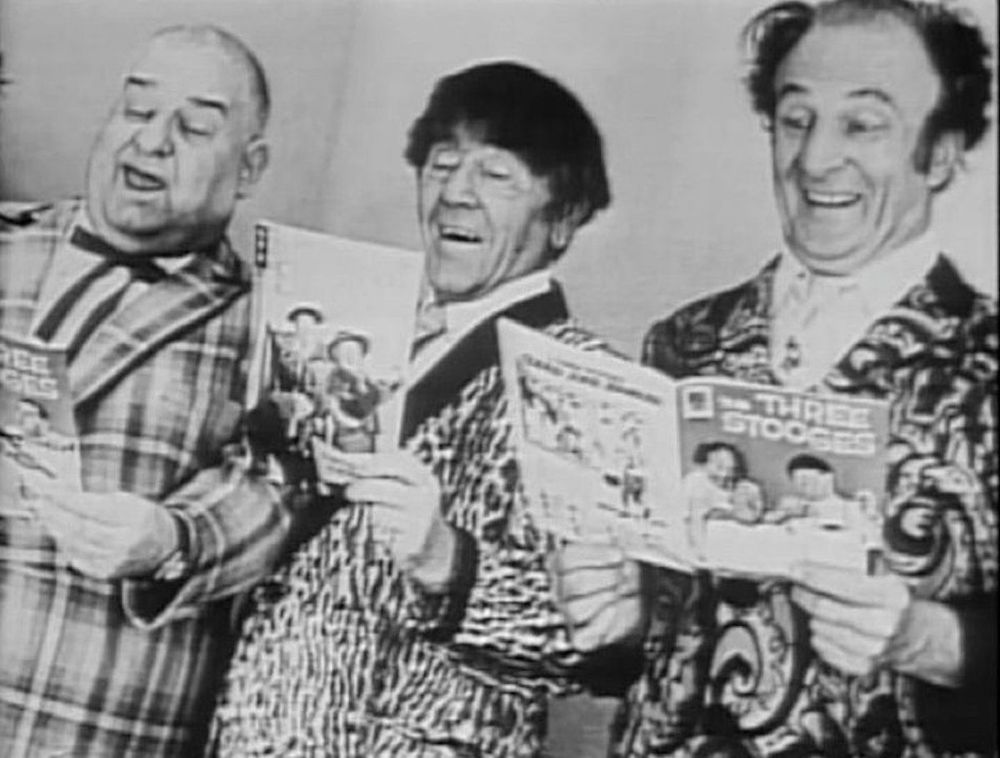
By 1974, the Stooges (Moe, Curly-Joe, and the yet-to-debut Emil Sitka were scheduled to star in the film Blazing Stewardesses. The casting was announced, and publicity photos were taken (above). However, just prior to production, Moe Howard was diagnosed with lung cancer. He immediately disbanded the Stooges, and passed away in March of the following year. This officially ended the Three Stooges as an active entity.
ABC Amps Up the Drama
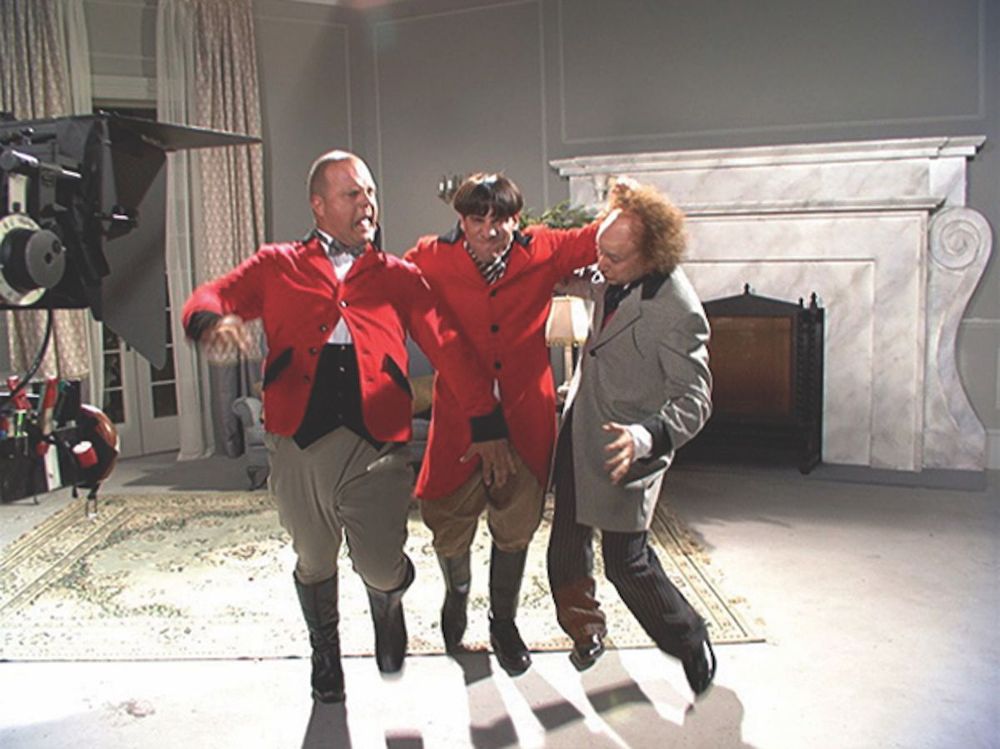
In the years after Larry and Moe’s deaths, the legacy of the Three Stooges only grew. By 2000, the comedy team was so still so popular that they merited a heavily promoted television film on ABC. The movie, entitled simply The Three Stooges, focused extensively on the troupe’s behind the scenes drama. The film garnered high ratings, but mixed reviews.
Back on the Big Screen
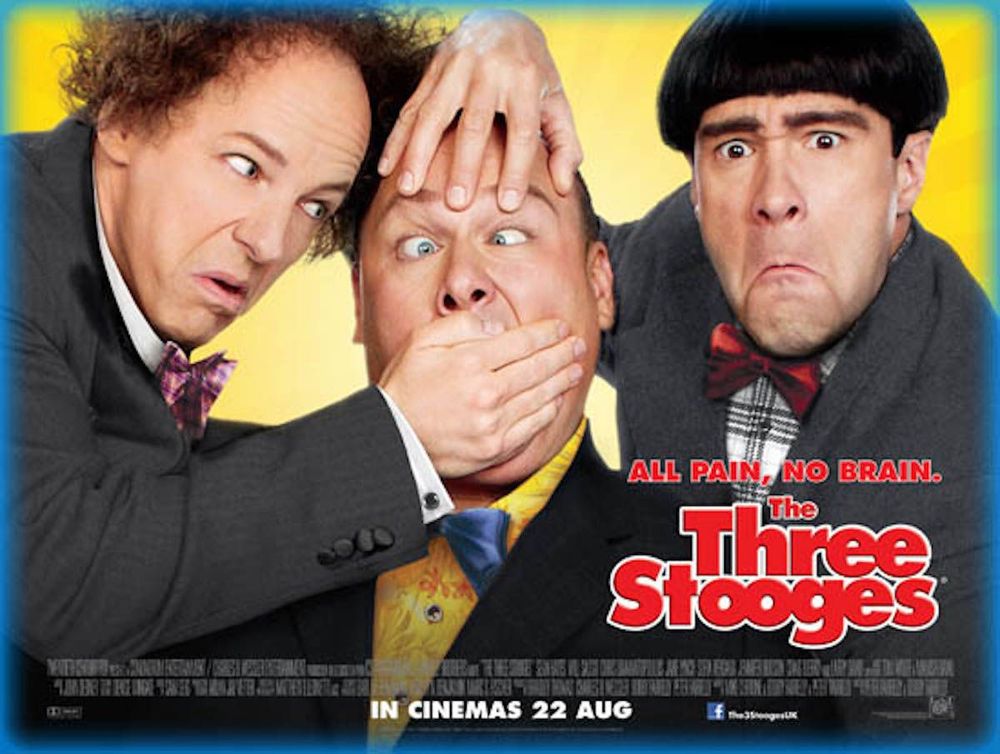
The Three Stooges returned to the big screen in 2012. The film, directed by the Farrelly Brothers, wasn’t a biopic. Instead, it remade three classic Stooges shorts for the modern age. The film, which starred Chris Diamantopoulos, Sean Hayes, and Will Sasso and Moe, Larry, and Curly respectively, was a moderate critical and commercial disappointment.
Powerful Enemy
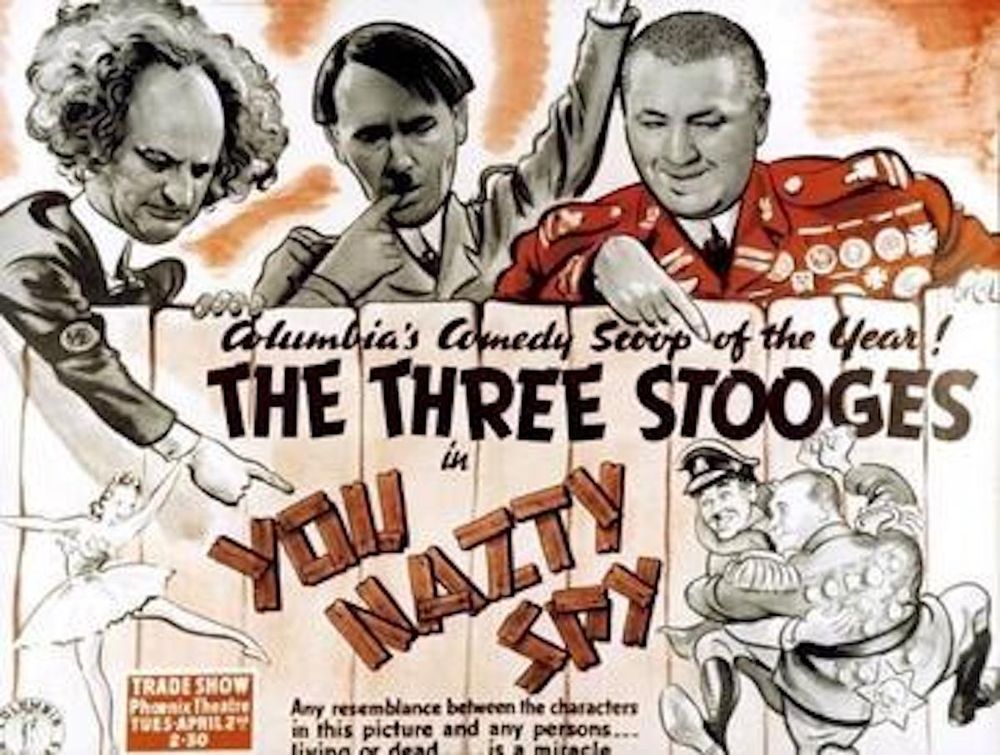
Perhaps the biggest compliment to the Stooges legacy was that they had an enemy in Adolf Hitler. Yes, really. In 1940, the Stooges starred in the short You Nazty Spy! which openly lampooned the Nazi dictator. Hitler was so enraged by the short that he listed them as “favored casualties” on his personal “death list.”
Quick Links
